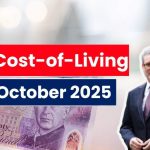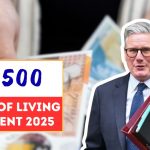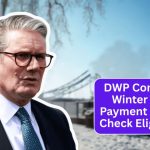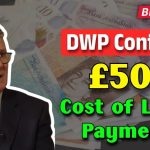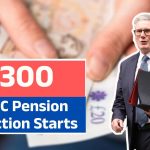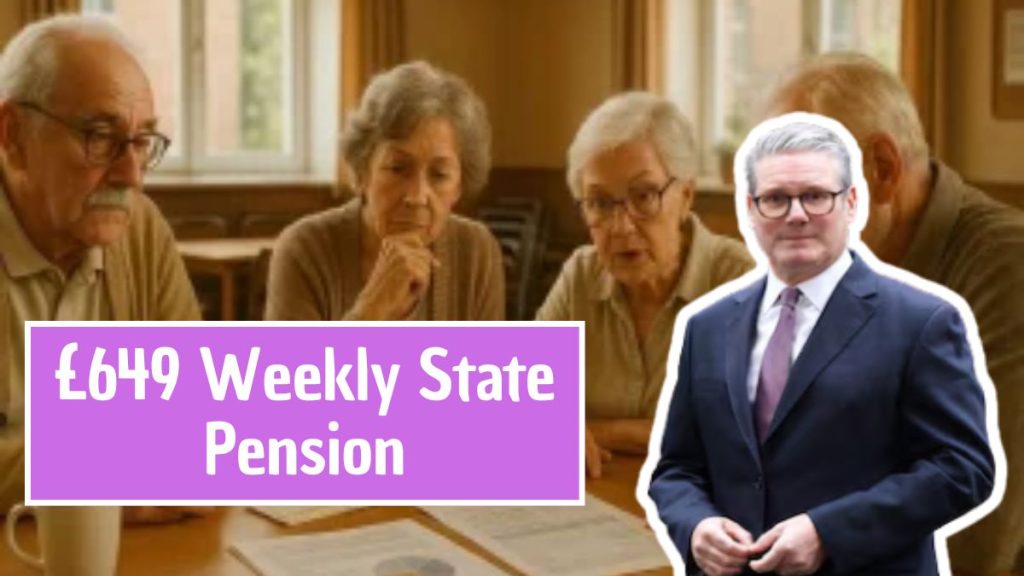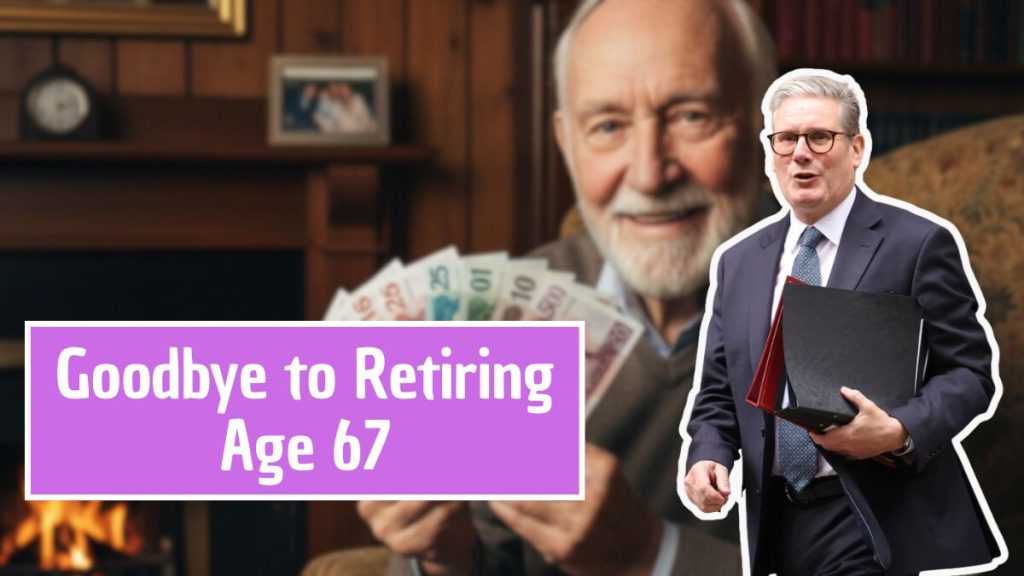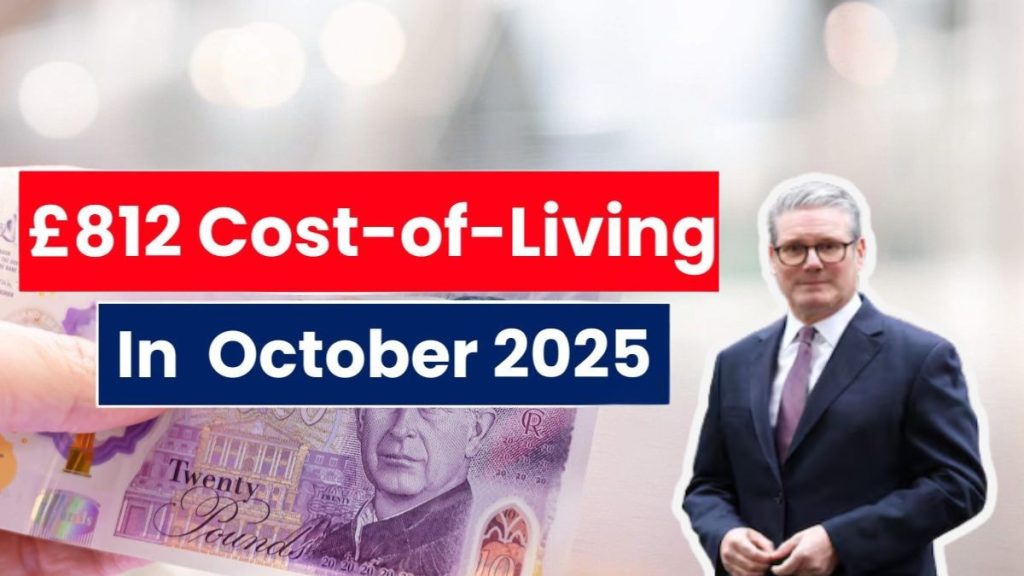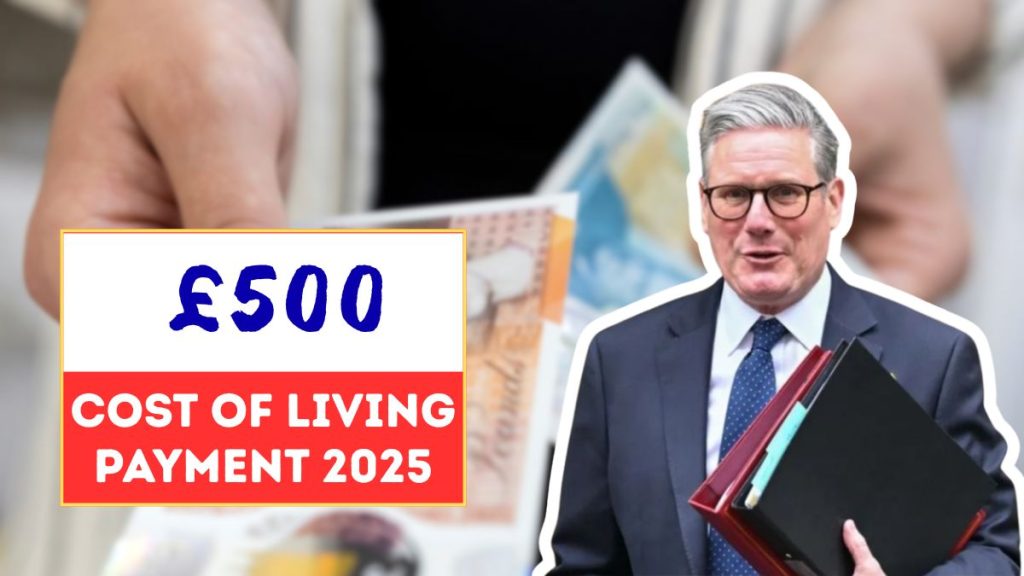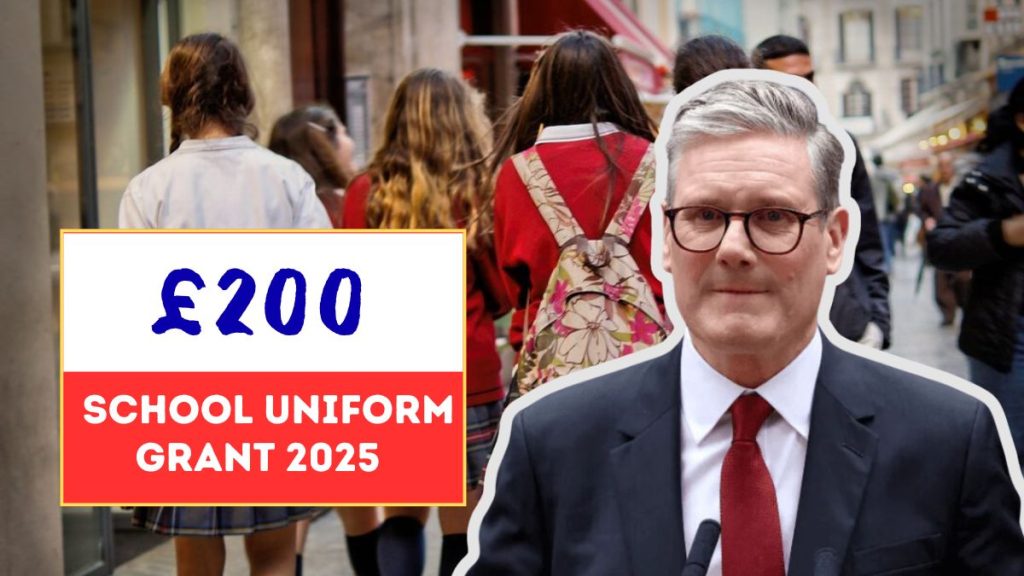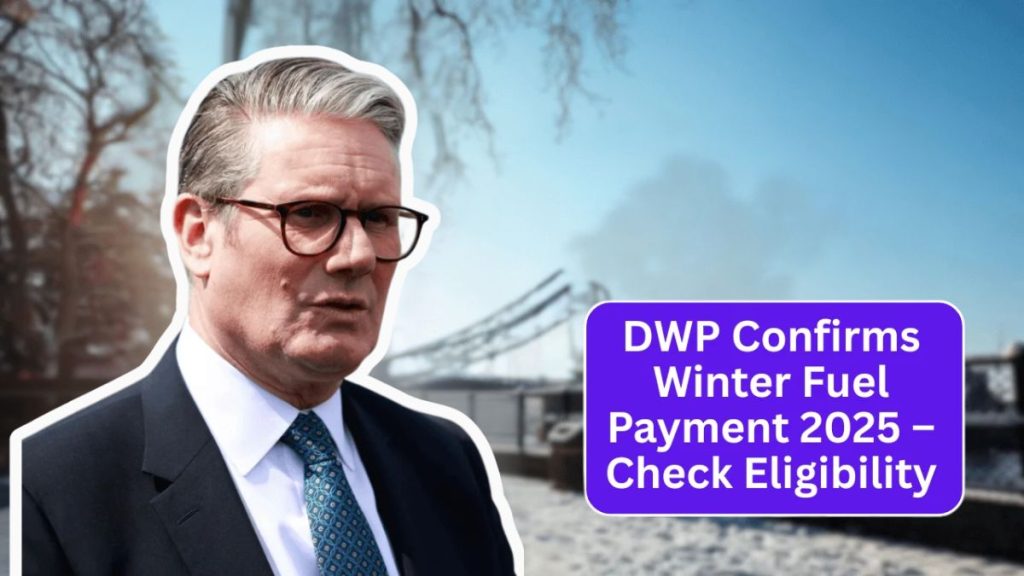As autumn 2025 approaches, families across the UK are still grappling with the relentless burden of high living costs. Grocery prices, energy bills, and rent continue to strain household budgets. Amid this pressure, speculation has been mounting online about a supposed £400 Cost of Living Payment from the Department for Work and Pensions (DWP) set to arrive in October 2025.
Social media posts, YouTube videos, and even unofficial blogs have claimed that the government will roll out another cash boost. But how much of this is true? Let’s separate verified facts from online fiction.
No Official Confirmation Yet from the UK Government
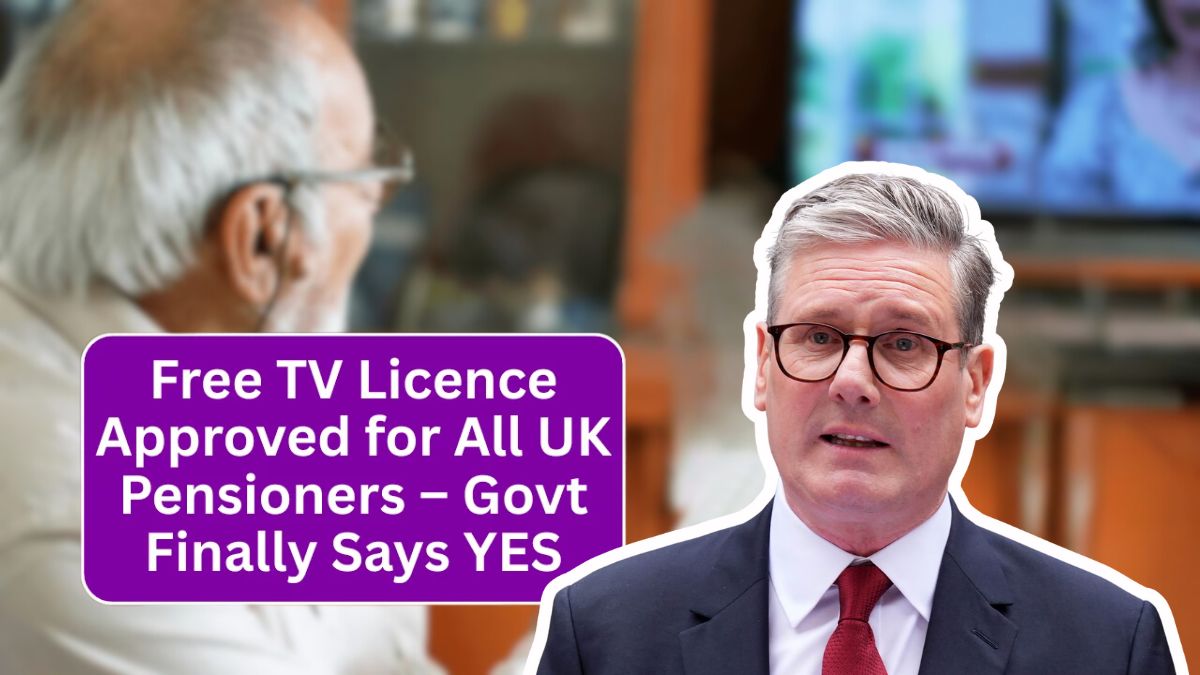
Despite the online buzz, the UK government has not confirmed any new £400 Cost of Living Payment for October 2025. According to official DWP statements, the last series of Cost of Living Payments ended in early 2024.
As of September 2025, no official notice, policy document, or press release has announced a new scheme. The current rumours largely stem from unverified online videos and misleading social media posts, rather than credible government sources.
Government officials continue to urge the public to rely solely on trusted sources like GOV.UK and official DWP social channels for any announcements regarding financial aid.
A Look Back: Past Cost of Living Payments (2022–2024)
To understand what a future support package might look like, it helps to look back at the government’s past actions. Between 2022 and 2024, a series of Cost of Living Payments were automatically issued to eligible claimants based on the benefits they received.
| Payment Amount | Qualifying Benefit | Payment Window |
|---|---|---|
| £299 | Tax Credits | 16–22 February 2024 |
| £300 | Tax Credits | 10–19 November 2023 |
| £301 | Tax Credits | 2–9 May 2023 |
| £324 | Tax Credits | 23–30 November 2022 |
| £326 | Tax Credits | 2–7 September 2022 |
These payments were designed to cushion the impact of inflation, soaring energy prices, and general living expenses. They proved vital for millions of low-income households across the country.
Who Qualified for the Previous Payments
The government’s Cost of Living support targeted those most in need — particularly low-income families, pensioners, and individuals relying on state support. Eligibility depended on receiving at least one of the following qualifying benefits during specific assessment periods:
- Universal Credit
- Income-based Jobseeker’s Allowance (JSA)
- Income-related Employment and Support Allowance (ESA)
- Income Support
- Pension Credit
- Child Tax Credit
- Working Tax Credit
If a claimant was receiving both Tax Credits and a low-income DWP benefit, payments were made through the DWP to avoid duplication. Each household received one payment, even for joint claims.
If a new £400 Cost of Living Payment were ever introduced, it would almost certainly follow the same eligibility and distribution structure.
How the Cost of Living Payments Were Made
A key reason the earlier Cost of Living scheme was so successful was its automatic process. Claimants didn’t have to fill out any forms or contact the DWP — the funds were directly deposited into their bank accounts.
Automatic Deposits
Payments were sent out automatically to those meeting the eligibility requirements. No applications or forms were required.
Non-Taxable and Exempt from Benefit Caps
The payments were non-taxable, did not count toward the benefit cap, and had no effect on eligibility for other benefits. This made them one of the simplest and most accessible support mechanisms in recent years.
Watch Out for Scams
Given the growing rumours about new payments, scammers are now taking advantage of public confusion. Fraudulent emails, texts, and fake websites asking for personal or bank details are circulating.
The DWP has repeatedly warned the public: you never need to apply for Cost of Living Payments. If another scheme is introduced, it will be automatic — no personal details or applications will ever be requested.
Why People Believe a £400 Payment Might Be Coming
The current wave of rumours about a new £400 Cost of Living Payment stems from genuine economic distress across the UK. Despite inflation easing slightly from its 2023 peak, essential costs like food, energy, and housing remain extremely high.
Financial Hardship Persists
Millions of households are still struggling to make ends meet. According to data from early 2025, 7.3 million adults live in food-insecure households, a figure that hasn’t significantly improved since the height of the cost-of-living crisis.
Energy Debt Has Doubled
Energy arrears have reached alarming levels. By the end of 2024, total energy debt hit £3.9 billion, more than double what it was just five years ago. Many families are still paying off last winter’s bills even as new costs loom for 2025.
Pressure on the Government
With economic challenges showing no sign of easing, advocacy groups and charities have been lobbying the government to extend additional help. They argue that another round of targeted payments — possibly around £400 per eligible household — could provide vital relief before winter.
What Other Support Might Be Coming
Even though a new £400 Cost of Living Payment hasn’t been confirmed, other support measures are expected to roll out or continue in 2025 and 2026.
Minimum Wage Rise in 2026
The government has already confirmed a UK Minimum Wage rise coming in April 2026, aimed at boosting income for millions of workers. While not immediate relief, it’s a key part of the government’s longer-term response to cost-of-living pressures.
Winter Fuel Payments and Energy Rebates
Seasonal help such as Winter Fuel Payments, Cold Weather Payments, and possible energy bill rebates are expected to continue. Pensioners and low-income families should keep an eye on official channels for eligibility updates and payment schedules.
Council Tax and Housing Support
Many councils are also offering local hardship funds, Council Tax reductions, and Housing Benefit top-ups. Eligibility depends on your local authority, so residents should check their council’s website for the latest options.
What to Do If You’re Struggling Financially
If your household is finding it hard to cope with rising expenses, there are several reliable ways to seek help — without falling for online misinformation.
- Check your benefit entitlement: Use the government’s official benefit calculator at GOV.UK to see what you might be eligible for.
- Apply for Pension Credit: Many eligible pensioners still haven’t claimed this benefit, which could open the door to additional support.
- Contact your energy supplier: Most major providers have hardship schemes or payment plans for those in debt.
- Reach out for advice: Charities like Citizens Advice, StepChange, and Turn2us offer confidential help and financial guidance.
Frequently Asked Questions (FAQs)
1. Is the £400 Cost of Living Payment confirmed for October 2025?
No, the DWP and UK government have not announced or confirmed any £400 payment as of October 2025. All such claims online are currently unverified.
2. Who received previous Cost of Living Payments?
Households receiving benefits like Universal Credit, Pension Credit, JSA, ESA, and Tax Credits were eligible for the payments issued between 2022 and 2024.
3. Will there be new financial help in 2025 or 2026?
While no £400 payment is confirmed, other forms of support such as Winter Fuel Payments, Council Tax reductions, and the 2026 minimum wage increase are expected.
4. How can I avoid scams about Cost of Living Payments?
Never share your bank or personal details via text, email, or phone. All legitimate payments from the DWP are made automatically without any application.
5. Where can I check for official updates?
Visit www.gov.uk, follow @DWPgovuk on social media, or contact your local council for verified information about financial aid programs.


